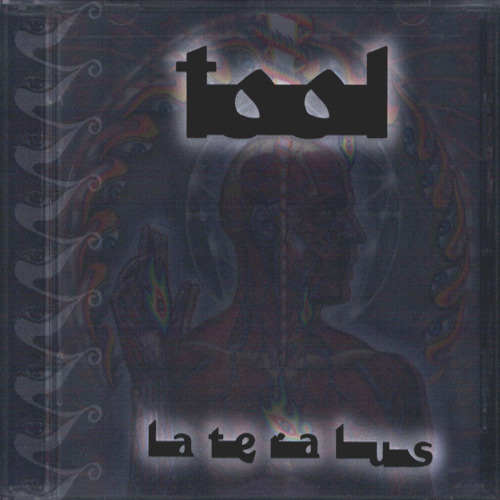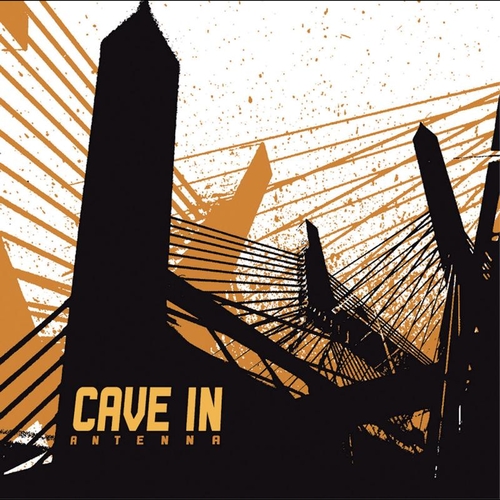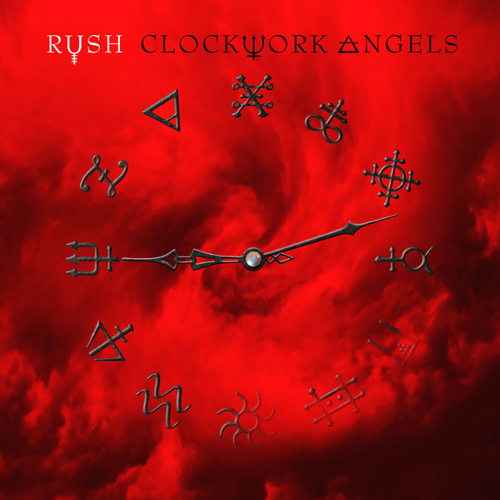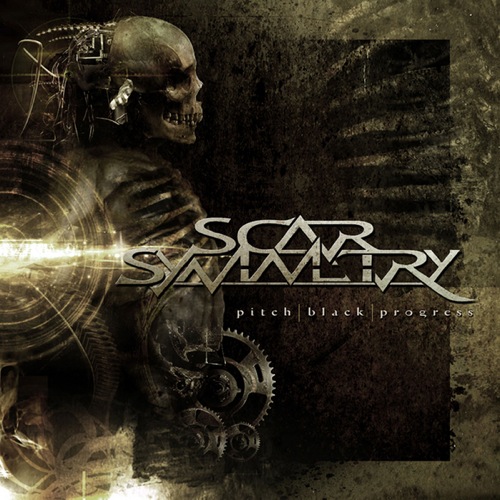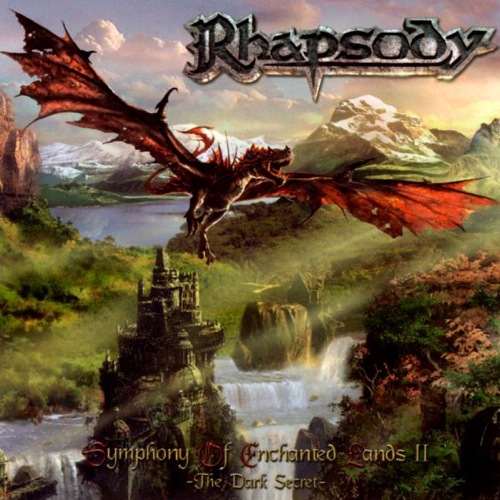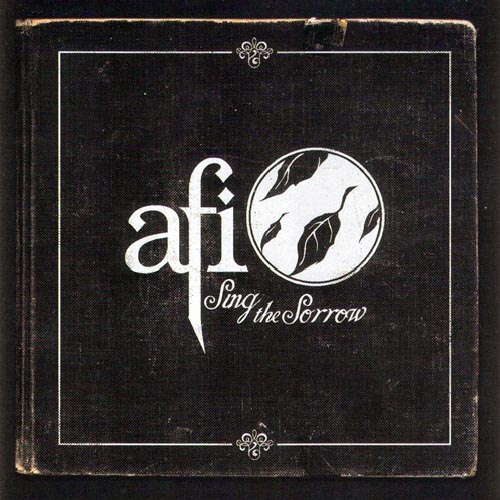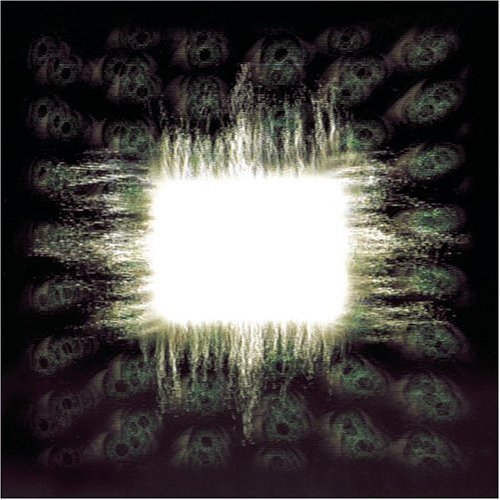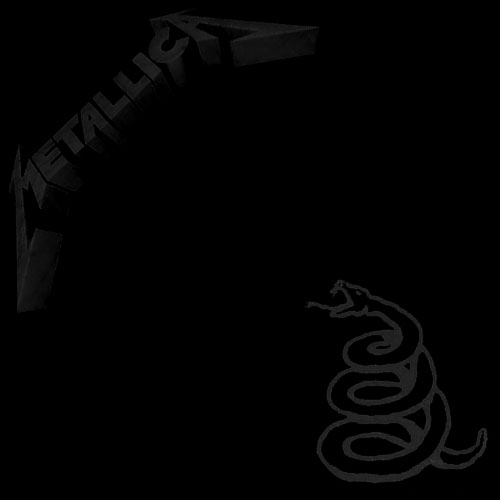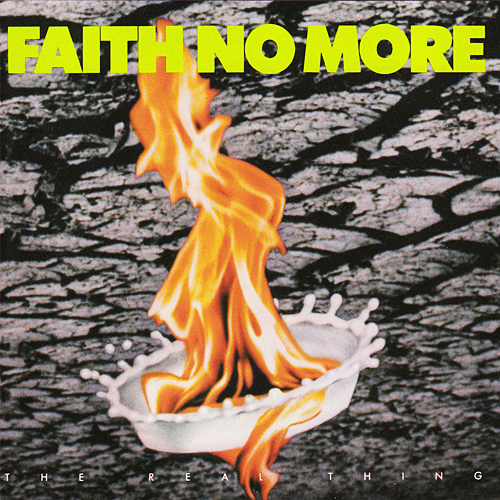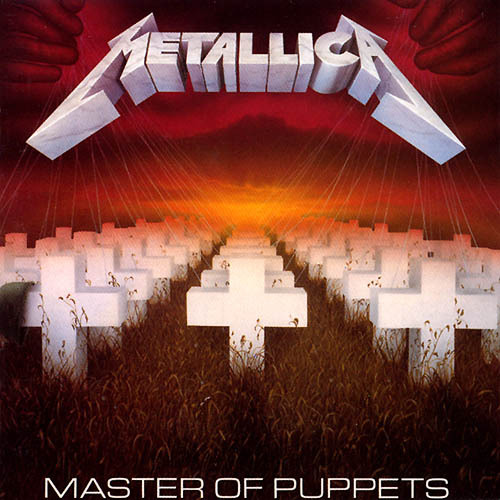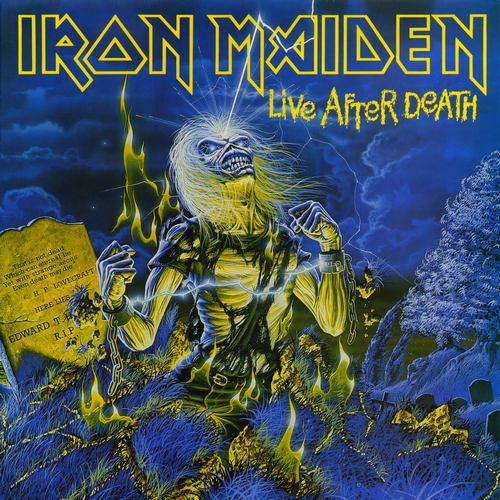
Well, Twenty-Sixteen is almost at an end. In lieu of the formal run-down of all the yearly comings-and-goings that I’ve elaborated in previous years, what lies beneath is a quick review of my seven favourite musical cuts from the past twelve months; crafted with aching love for all of the superb musicians that have made my ears so, so happy during 2016.
Without further ado, let’s crack on.

1. Alcest – Kodama
Make no bones about it, Kodama is the most magnificent thing to have graced my ears during 2016. In its concise forty-two minutes’ length, Alcest construct an almighty portrait from the most dark and earthy of component noises; but one that is built from such a beautiful, dark-scaped presence that gently caresses both brain, heart and soul. Layer-upon-layer of delicious blackgazing post-metal weaves throughout Alcest’s almighty sonic diorama; riddled through with blistering melodies amongst crushing dischord. Alcest have always walked the tightrope between harmony and rage, but the mix reaches such a superlatively-honed crescendo on Kodama that the effect is truly staggering.
Undoubtedly, this is the record that spent the longest on my stereo of all, the one that’s almost melded with my mind, such is the level of connection that I feel with it. It’s become a guide through the drifting hours of sleep; companion through the dark bearing a flame of enlightenment; and is deafeningly, delightfully, endearingly brilliant on every conceivable plane. Majestic.

2. If These Trees Could Talk – The Bones of a Dying World
2016 was, despite all the politics- and celebrity death-based disappointments, a spectacular year for the genre of post-rock. With high-profile releases from many of the genre’s big-hitters (cf. 65daysofstatic, MONO, Explosions in the Sky), us music nerds have had a veritable banquet to feast upon; balancing out, at least partially, the loss of such a genre-defining band as Maybeshewill in April of 2016. At the head of the pack, Trees’ spectacular The Bones of a Dying World is a progressive masterpiece; the sort of which still continues to reveal bright new facets of its crushing, post-metal soundscape.
It’s light in times of light, heavy in times of heavy; the whole spectrum glistening in the burning fire of Trees’ particular prism of post-rock, and it’s a flame that goes from strength to strength with every subsequent release. Bask in its warm, sultry glow and absorb its rays of grandeur with every fibre of your being.

3. Blink-182 – California
Following the departure of Tom DeLonge from the Blink stable (and replacement in a live capacity by Matt Skiba from Alkaline Trio, who would later join the band full-time), few would have predicted that the yoke of this dissolution would later bear Blink’s weightiest work in years. California harks back to a classic age of the band not seen for fifteen years; colliding sweet, high-octane pop-punk melodies with that evergreen Blink-182 lyrical cheek that’s backed up with some genuinely remarkable songwriting.
In truth, this is the best thing that Blink-182 have produced since Enema of the State, and the arrival of fresh blood appears to have genuinely reinvigorated the formula and given new lease of life; unshackled by the tight bounds that “musical differences” previously fettered. The result is an absolute punk-rock riot, so sit back and drink it in.

4. Metallica – Hardwired…to Self-Destruct
It’s a testament to the quality of the preceding three entries in this list that Hardwired… isn’t at the head of my end-of-year rundown. The first (proper) Metallica double-album ever, and clocking in at almost eighty-minutes in length, one is truly spoiled by the sheer amount of metal that’s housed within its gatefold prison that demands to be set free. Death Magnetic hinted at the re-affirmed power of Metallica at their peak, but yet – some thirty-odd years into their career – they continue to evolve and age in the most graceful way possible.
Lead singles ‘Hardwired’ and ‘Moth Into Flame’ battered into the psyche at first contact, but the other eight cuts on Hardwired… hark with equal venom upon the eardrum. Sure, they’ll never reach their 80s apex of Kill/Lightning/Master/Justice, but if Messrs. Hetfield, Hammett, Ulrich and Trujillo are still capable of producing work that’s almost asymptotic to that Golden Age, then you can be sure that the world of heavy metal is in pretty fine fettle, indeed.

5. Russian Circles – Guidance
Russian Circles are an enigma. They’re desperately, desperately heavy and yet do not feel at all out of place among the more ‘twinkly’ end of the post-rock/metal spectrum because they don’t sound at all heavy. Such is the craft that goes into an instrumental Circles record, it feels like everything is all part of the plan; an atmospheric soundtrack to a journey that just happens to be made of doom-like guitar chords and brutal drum-beats.
Where previous album Memorial melded this approach with an almost orchestral, operatic feel, it almost feels like Guidance experiments with the twin masters of Light and Dark; wafting soft, dulcet acoustics over you before wiping you out with a majestic tidal-wall of sound. Rarely can music feel both wild and tamed at the same time, but Guidance perfectly treads the tightrope between domestication and rage, like a lion wearing slippers: it treads lightly when it wants, but can unleash an unholy racket when (and if) it truly wants to.

6. Prophets of Rage – The Party’s Over EP
In terms of so-called “super”-groups, you’d be hard-pressed to find a more exciting fit than Prophets of Rage – burning bright from the ashes of Rage Against the Machine/Audioslave, with the three (non-Zack de la Rocha) quarters of Rage pooling resources with the primary components of Public Enemy and Cypress Hill, it’s a perfect fit for a revival of Rage’s definitive breed of rap-rock. Landing their The Party’s Over EP alongside a flurry of live shows, it delivers one new song (‘The Party’s Over’) along with retoolings of the component band-members’ previous work: ‘Prophets of Rage’ as a studio cover and live recordings of ‘Killing in the Name’, ‘Shut ‘em Down’ and ‘No Sleep ‘til Cleveland’.
While the formula doesn’t deviate from the Rage style we know and love, it’s still a wonderful feeling to know that there’s something new to spin on the stereo for the rest time in sixteen years. Arguably, there’s still a Zack-shaped hole in the proceedings, but the new (and expanded) vocal line-up rises to the challenge and raises the game. This EP might just be the starter, but it whets the appetite for what’ll undoubtedly be a stonking main course. Let’s tuck in.

7. MONO – Requiem for Hell
Of all of the members of post-rock royalty, MONO are undoubtedly one of the revered greats and, quite rightly, weigh in with a spectacular weight of expectation that comes with every new release. And yet, they never fail to deliver, because Requiem for Hell is, itself, a spectacular career-defining demonstration of MONO at their most crushing. Rarely does sound truly feel like it is made of matter and form, but Requiem for Hell builds up to noises that have such heft to them that it can scarcely be believed that it’s not made of the tectonic plates of the universe clashing and rubbing asunder.
The centrepiece is a seventeen-minute title track, undulating with such force and veracity that the momentous turbulence that culminates is a truly spellbinding spectacle for the ears that almost bypasses the aural nerve-endings and penetrates the brain intravenously. Have you ever felt like music was directly probing into your head and moving all of the levers that controls all of your emotions? Yep, that’s what listening to MONO feels like.

Of course, it’s not been a year full of celebration, as we’ve lost a complete plethora of musical talents; Bowie [RIP], Maybeshewill, Funeral For a Friend, Prince [RIP] and Chairlift pulling the heart-strings the greatest within my world. Then again, there were also cracking new albums by the following that, while they didn’t meet my top-seven list, still deserve a mention: Deftones, Blaqk Audio, Thrice, Weezer, Tiger Army, 65daysofstatic, Jambinai, Eldamar, Justice, Show Me a Dinosaur, Ineferens, Biffy Clyro, The Lounge Kittens, Chairlift, Three Trapped Tigers; the list goes on.
Anyway, Twenty-Sixteen is at an end. Here’s to Twemty-Seventeen; you gorgeous beast, you.
[Zinar7]






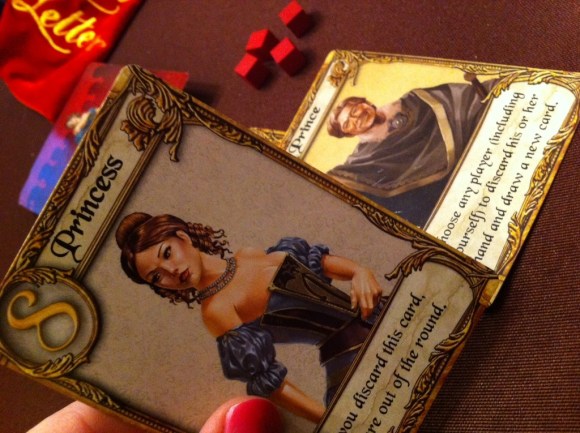










 Following last week’s blog posts about the best albums from ever year I have been alive, this (final) post acts as a quick round-up of what has gone before and a short summary of other records that (ideally) would have been on the list as well. As a recap, my previous blogs in this series can be found here:
Following last week’s blog posts about the best albums from ever year I have been alive, this (final) post acts as a quick round-up of what has gone before and a short summary of other records that (ideally) would have been on the list as well. As a recap, my previous blogs in this series can be found here:
